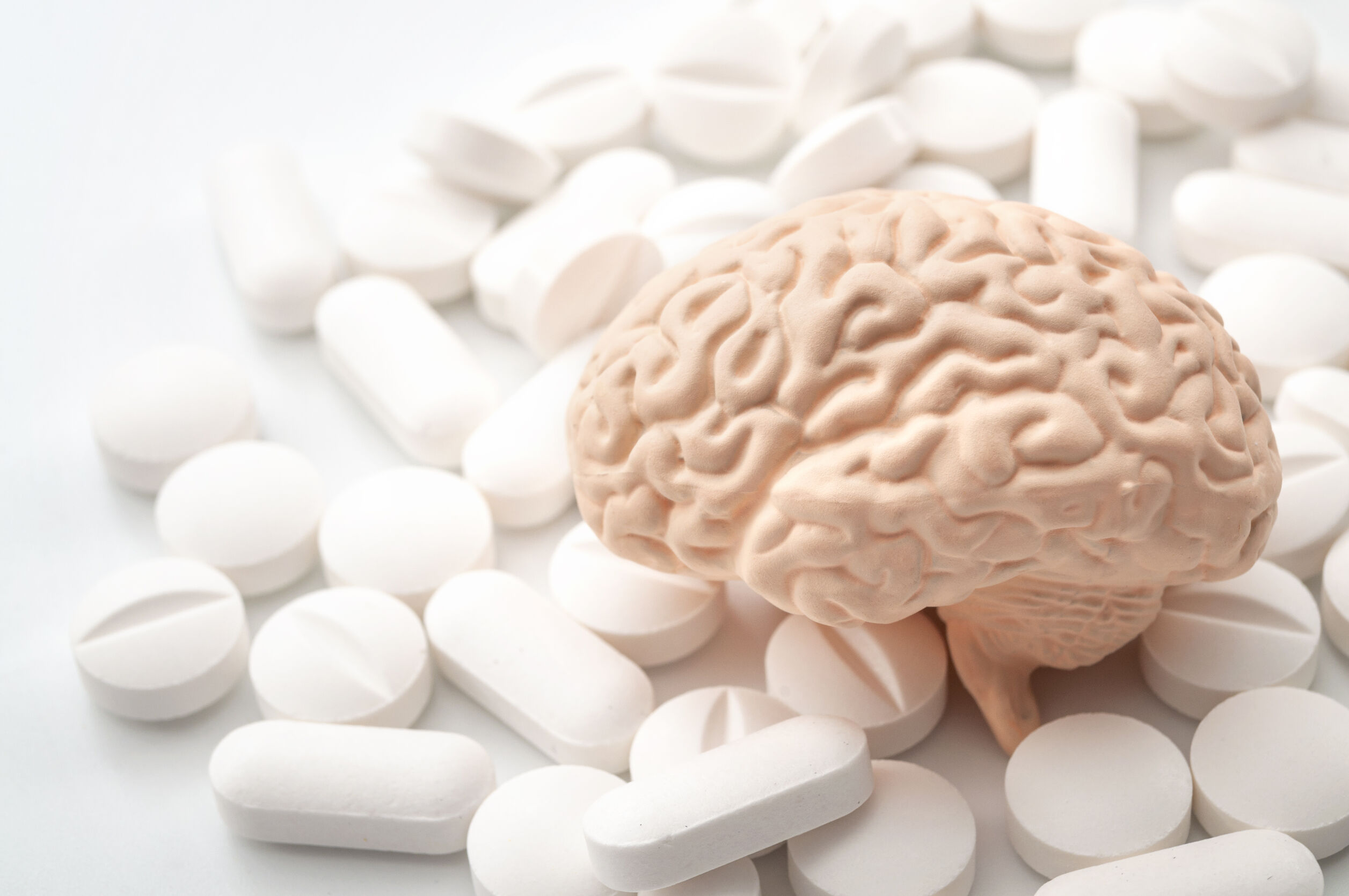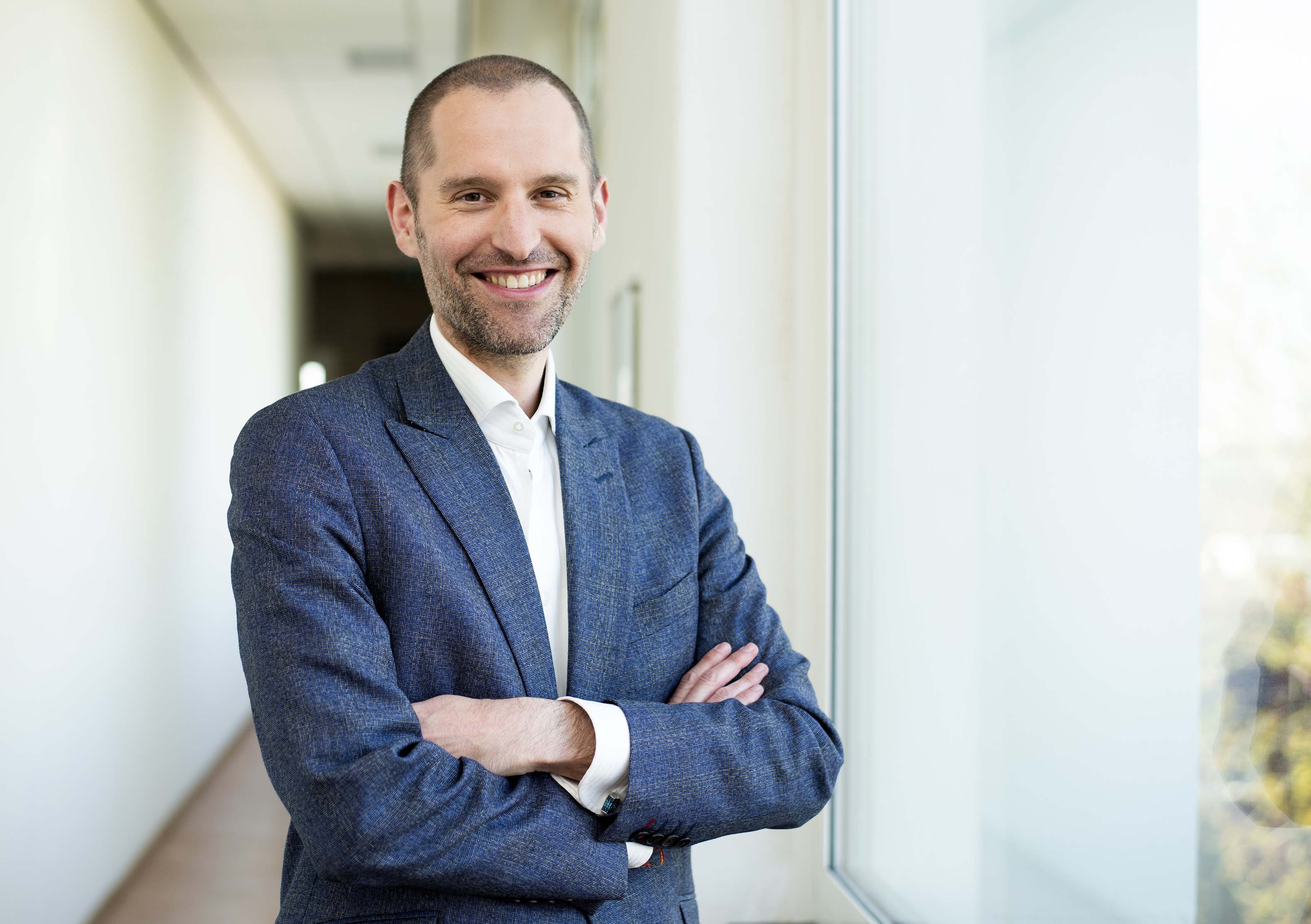Why brain doping is mainly hot air
As a theoretical psychologist, Stephan Schleim wants to know all the ins and outs, down to the tiniest detail. He analyses the presuppositions of research and looks at scientific trends from a different perspective. Such as that of brain doping.

Using substances such as Ritalin, Adderall, or modafinil without a medical indication? That is referred to as brain doping: ‘substances’ to study more effectively, improve concentration, or become more creative. Drugs, such as LSD, are also used for these purposes. Since the start of the century, improving the brain has received a lot of attention from the world of science and from the media. Reason for Stephan Schleim, Associate Professor of Theoretical Psychology, to devote a research project to this, funded by the NWO (Dutch Research Council). Over the past five years, he has analysed 20 years’ worth of scientific publications about taking ‘substances’ to improve cognitive performance.
What is brain doping?
That is where Schleim’s specialist field comes in: analysing the presuppositions of psychological research. His analyses showed that studies on brain doping are not very clear on the distinction between mental health and a mental disorder. ‘Many researchers go for the easy option by saying that if a doctor prescribes a substance, it is a treatment and not brain doping,’ says Schleim. ‘But the difference between the two is very unclear. Alcohol is also a substance that can be used to dope your brain. If you are anxious or shy, you can drink alcohol to deal with that, but is that drug use, stimulant use, or self-medication?’
Placebo effect
Moreover, many studies appear to have been conducted with test subject populations that are far too small. ‘Of course, if those test subjects are ill, it is much clearer why a study with medicinal drugs is important,’ says Schleim. ‘However, if you are using healthy test subjects, you must have more convincing arguments for an ethics committee. That is so complicated and so expensive that studies on brain doping are generally very small, including 20 to 30 test subjects. We teach our students that such a number is far too low to draw general conclusions. However, those researchers sometimes have no other choice than to use such small groups.’ Schleim concludes: 'Brain doping is a hype. After literally thousands of publications, scientists are still unable to define brain doping. There is no hard scientific evidence, for example, for the microdoses of LSD that are used in Silicon Valley to become more creative. That appears to lead mainly to a placebo effect.’

Training critical scientists
Exactly for that reason, Schleim thinks that it is excellent that the theory and history of psychology is taught to psychology students at the UG as a mandatory course unit it leads to better—because more critical—scientists. ‘The UG is unique in that respect. We are the only department for the theory and history of psychology in the whole of Europe. It also dovetails with the UG because Gerard Heymans, Professor of Philosophy, and the person who our institute was named after, was the pioneer of experimental psychological research in the Netherlands in the late 19th century.’
Learning from others
Since—in the words of Schleim—‘the real world does not stick to the boundaries of the faculties in which we have subdivided the University’, he likes to work interdisciplinary to come to a better understanding of the matter. ‘Philosophy, psychiatry, neuroscience, cognitive science, pharmacology, criminology, law in general, history, sociology,’ Schleim rapidly sums up the disciplines in which he collaborates with other researchers. For his project on brain doping, for example, Schleim better understood how substances such as cocaine and psychedelic drugs affect the brain thanks to a pharmacopsychologist. He learned from various sociologists how prevalent substance use actually is, which social factors explain the use of substances, and why doctors prescribe them.
Analysis of research
However useful, the fact that Schleim critically analyses the research of others, is not always met with enthusiasm in the world of science. What’s more, he often struggles to get his articles published in peer-reviewed journals. ‘Researchers are not always happy that another researcher is analysing their work. And journals are mainly interested in discoveries, not in falsifications. Often, whole paradigms are based on the presuppositions of studies. Of the hundreds of classified psychological disorders, for example, we are still—after nearly 200 years—unable to explain any of them neuroscientifically or detect any of them in the brain. However, as a professor of biological psychiatry, it is difficult to ask critical questions about that because the whole paradigm that is based on it may collapse. Internationally, we are talking about billions that are invested in it.’

Wide catchment audience
The reluctance that Schleim sometimes encounters when trying to publish his findings in scientific journals is not the only reason why he also likes to publish for the general public. ‘In a democracy, science news in newspapers, however rare, has a significant role. My books, articles, and blogs are also about what it means to be human, practical matters such as neurolaw: whether there is something visible in the brain that can tell us if someone is guilty of a crime or speaks the truth. I read on the NOS website that in the opinion of the Pieter Baan Centre, many more criminals must undergo a brain scan because that may more often reveal things that could explain someone’s behaviour. If that were to be done, it would be useful to know if that was really the case’. He summarized his NWO research on brain doping for the general public in his book Mental Health and Enhancement: Substance Use and Its Implications, which will appear in open access thanks to a contribution by NWO. Furthermore, on his website, www.schleim.info, a 20-page report about his findings on brain doping can be accessed free of charge. ‘Just to inform people. How it works and what you can expect, but also how realistic the figures in the media about substance use are and that these are often wrong.’
Successful blog
In addition, Schleim started the blog Menschen-Bilder in 2007, which is frequently accessed and for which he wrote over 400 articles over the past 15 years. One of his latest contributions, about the way in which our thinking about depressions has changed, was read by 20,000 people. ‘My blog is a place where I can write more freely compared to writing in a university-related context, as a private individual, as a public intellectual, and a free thinker,’ says Schleim. ‘For example, if I write about research policy or about the organizational structure of the University.’
Hype or no hype, Schleim is of the opinion that transparency about our substance use must improve. Therefore, he added a personal conclusion in his new book about the theme. ‘When writing the book, I was under huge time pressure. I often slept only three to four hours a night. At the end of the book, I wrote that I drank two cups of coffee a day to keep going for longer, for example.’
More information
More news
-
08 December 2025
Citizen participation essential for a sustainable energy future
-
23 October 2025
Nine UG researchers awarded Vidi grant
